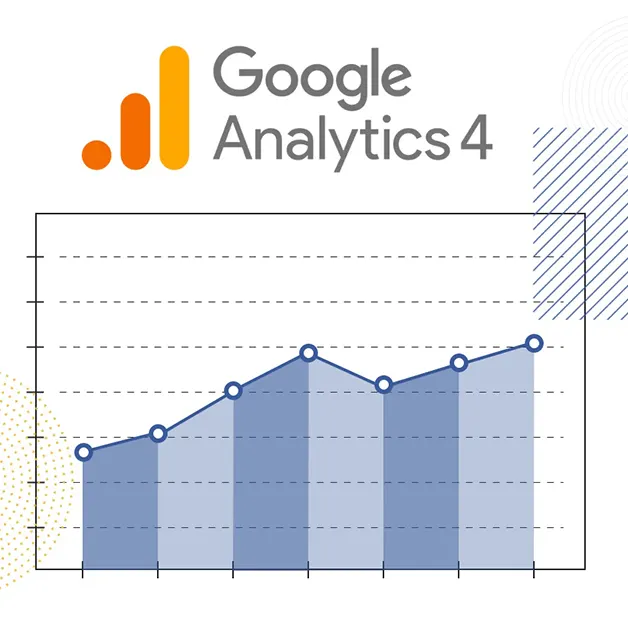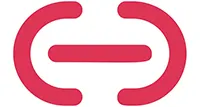How to Optimize Your Page for Increased Web Leads

It’s no secret that having a website is crucial for generating leads in today’s world, especially in building products. But, having a website itself isn’t enough. It’s also crucial to optimize your website to maximize the visibility of your online presence. Otherwise, your website is like a needle in a haystack, and customers may struggle to find you when it counts.
Know Your Target Audience
Before you read any further, let’s talk about your target audience. Optimizing your website for lead generation requires knowing your customer’s demographics, interests, and needs. Why? It’s the only way you can tailor your website to meet their specific needs and preferences.
Before you get nervous, remember you probably know your ideal customer better than you think. Chances are you can answer some important questions like:
- What’s their business focus?
- What’s the average age range and gender of your prospects?
- What aspects of their business keep them up at night?
When you know answers to questions like these, you can then create content that improves your visibility online—and gives your customers a reason to see you as a trusted resource.
Use Clear and Compelling Headlines
Your website’s headlines should act like a beacon that drives interest and directs visitors deeper into your website, all while conveying the value of your product or service. Think about the headlines you read in newspapers or advertisements. They’re typically catchy, concise, and compelling.
Website headlines don’t always have to be ultra clever like an advertising slogan, but they should always convey the most essential information. Remember that today’s website users aren’t looking to read a dissertation. They want to skim, and good headlines make that easier, while also improving your visibility with search engines.
Include Strong Calls to Action
A call to action (CTA) is just that: It’s asking your website visitor to do something or take an action. And it’s never wise to leave the decision on what to do next to the reader. Tell your audience what you’re asking them to do. If you want them to read a banner and then dive into an article, don’t assume your audience will figure it out. You have to tell them.
CTAs are more than buttons that say “learn more” or “contact us”. They’re also about giving your audience a reason to take the desired action.
CTAs are more than buttons that say “learn more” or “contact us”. They’re also about giving your audience a reason to take the action. For instance, if you want someone to read an article and contact you, you might have a link or button alongside a sentence that says, “Talk to our team for more great advice that helps you get the job done.”
One way or the other, it’s important that calls to action—statements, buttons, and links—are highly visible throughout your website. You have seconds before you can lose a visitor, and that’s why web designers know that the most important elements must be front and center.
Create Relevant Content
Creating content is a great way to improve search engine visibility and position your company as an authority. But the content you create has to be something your audience cares about. Too often, companies spend time and money creating content that their target audience doesn’t even care about.
Your website content must be intriguing and useful to the target audience. That’s another reason why creating content takes knowing your audience. If you understand something about challenges in your customer’s industry, for example, you can create content that will help solve those problems. And you’re more likely to earn a sale down the line.
The type of content you create depends on the audience, but it may include blog posts, videos, eBooks, podcasts, or whitepapers, to name a few. Of course, production value matters in today’s world, but even a masterpiece can flop if it’s not something relevant to the audience.
Optimize Your Website for Search Engines
There’s a lot of talk about search engine optimization (SEO), and the rules of how to increase your website’s visibility frequently change. But a few things remain true about SEO: It’s about optimizing what visitors see when they land on your website and what’s happening on the backend, known as metadata, to ensure search engines like Google can find you.
This is accomplished by creating relevant content that includes related keywords in the text the user sees and the metadata on the backend. For instance, if you want someone to see an article on trends in polymer-based decking, you need to include terms like “polymer decking” or “composite decking” in your article and metadata.
Utilize Lead Capture Forms
Let’s say everything is working in lock-step to drive leads to your website. Mission accomplished, right? Don’t celebrate yet. When a lead comes to your website, you want to capture some information from them, so you can warm up that lead and earn a sale.
Lead capture forms are an effective way to collect information from potential customers, so you can continue communicating with them. These forms should be strategically placed on your website and be easy to use, requiring only essential information.
Give Leads a Reason to Say “Yes” with Social Proof
Social proof is a powerful tool for building trust and credibility with potential customers. This includes customer reviews, testimonials, and case studies that demonstrate the value of your product or service.
Essentially, social proof puts the voice of your existing customers out there for the world to see. It authenticates what you’re saying about yourself on your website and gives prospects a window into what it’s like to be your customer. Social proof is third-party advocacy. And it’s a powerful tool that can reduce the time, money, and effort it takes to transform a lead into a sale.
Let Us Help You Reach More Customers
If you’re wondering what it will take to transform your website into a lead-generation magnet, contact our strategists for a free consultation today.


















